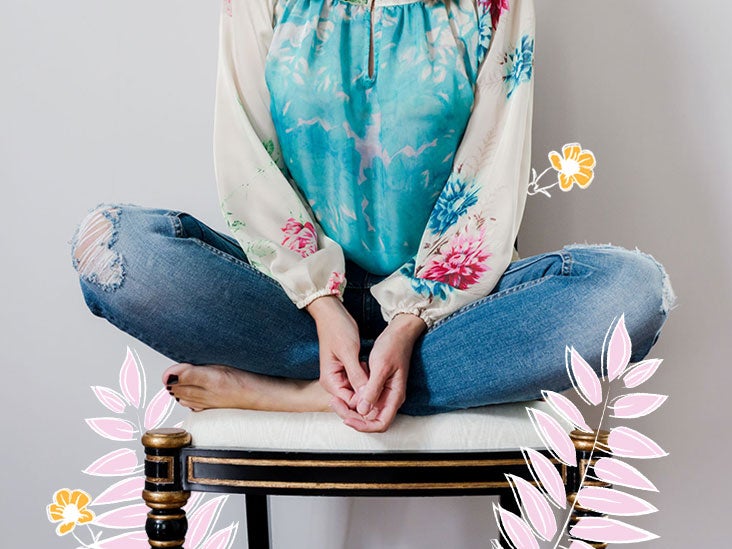Medically reviewed by Timothy J. Legg, Ph.D., CRNP — Written by Sarah Garone
Updated on August 31, 2018
As I write this, I’m on an airplane. For me, flying isn’t just an uncomfortable nuisance. It’s an extremely anxiety-producing affair, so much so that I finally asked my doctor to prescribe a tiny stash of Xanax just for me to use on planes.
But prescription antianxiety medication tends to make me groggy, and I’m wary of their addictive properties. When possible, I try to do without them.
One practice that helps me keep my cool in acutely stressful situations is a short self-hypnosis.
The term “hypnosis“ may conjure up images of quackery, with audience members barking like dogs or convinced they’ve turned into Kermit the Frog.
When done appropriately, however, hypnosis is actually a gentle means of guiding the mind that’s used as a complementary therapy for anxiety (and numerous other conditions) by many legitimate medical professionals.
Interestingly, trained hypnotherapists often say all hypnosis is self-hypnosis, meaning that the subject is really the practitioner. Self-hypnosis is similar to guided imagery — a cognitive behavioral therapy (CBT) technique — combined with positive affirmations.
When you find your mental health under attack, try these simple steps for anxiety-reducing self-hypnosis.
How to practice self-hypnosis
1. Sit comfortably in a quiet place. Know that you can use self-hypnosis anywhere, but distraction-free surroundings certainly help with focus, especially if you’re new to the practice.
2. For a few moments, breathe deeply, rhythmically, and slowly. You may want to inhale and exhale to the count of four. Or breathe in, hold for a moment, and release for a longer exhalation. Find whatever feels most calming for you. If you haven’t yet, close your eyes.
3. Picture yourself in a place that brings you comfort and peace. It doesn’t have to be anywhere you’ve ever been or even a real location. You could be riding a unicorn on Jupiter if it soothes you. Or you might choose somewhere more everyday, like your bathtub or the beach. You can even return to a happy memory. Just isolate a pleasant environment where you’d like to spend some time.
4. Engage all of your senses to ground yourself in your new mental surroundings. Smell your grandmother’s family-recipe apple pie, if you’ve chosen to return to a childhood memory. Feel the ocean breeze on your face and the sand between your toes as you visualize lying on the beach. Watch the flicker of candlelight from your vantage point in a relaxing bubble bath.
5. Choose an affirmation you feel you need at this moment. An affirmation can be tailored to the specifics of any situation or as simple as a few little words like, “I am safe” or “I am strong.”











